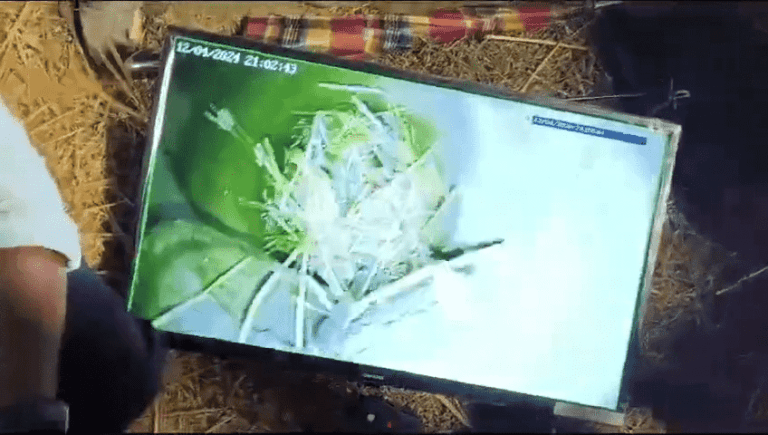Which diseases are cured by White Lime? Chune Ke Fayde | Chunav Khane ke Fayde
According to Ayurveda, choosing food is very beneficial for our body and one of the best thing for our health is White lime, Know as ‘Chuna’ in Hindi. The scientific name of white lime is calcium carbonate. Whether you have knee pain or jaundice or back pain, it is beneficial for you in every way. Let us know about the best benefits of Lime or Chuna:
- It is rich in calcium which is very beneficial for our bones.
- It reduces the pain in our gums and is also very useful for teeth.
- If your teeth are getting cold and hot, then use white lime, it will stop applying cold and hot.
- Its consumption is very beneficial for children.
Consuming Lime/Chuna can be Beneficial for:
We all know that chickpeas are rich in calcium. If you mix a little white lime in water and make your children consume it daily, then their teeth will come out properly and there will not be much problem in their teething. If you are suffering from anemia then drink white lime mixed with pomegranate juice. Due to this, the lack of blood is completed very soon.
If you have a complaint of bone pain, then consuming white lime can be very beneficial for you. You know that if a bone is broken, white lime is also used to join it because white lime has maximum power to join a broken bone. We have forgotten about pregnant women. They need calcium the most. So giving them Chuna/White lime for consuming will result in health benefit for both child and the mother.
Some best tips to eat Lime/Chuna
Use food-grade chuna: Ensure you are using food-grade chuna that is specifically intended for culinary purposes. Industrial or non-food-grade chuna may contain impurities that can be harmful.
Dissolve chuna in water: Chuna is highly alkaline and can burn the skin and mucous membranes if not handled properly. To use it safely, dissolve a small amount of chuna in water. Generally, a pinch of chuna is sufficient for culinary purposes.
Paan (betel leaf) preparation: In some cultures, chuna is used as a paste in paan (betel leaf) preparations. To make paan, spread a small amount of dissolved chuna on a betel leaf, add various fillings like areca nut, slaked lime paste, and other condiments, then fold the leaf and consume it.
Traditional recipes: In certain traditional culinary practices, chuna is used as a binding agent or to enhance the taste of specific dishes. If you come across a recipe that calls for chuna, follow the instructions carefully and use the appropriate amount.
Be cautious and moderate: Chuna should be consumed in moderation. Overconsumption can lead to adverse health effects due to its high alkalinity.
Consult with experts: If you are unsure about the use of chuna or its safety in a particular dish or cultural practice, it’s best to consult with culinary experts or individuals who have experience in using chuna in traditional recipes.
Note: All the information given above is for information purpose only as everyone has different physical abilities and endurance. Also, overdose of anything can be dangerous for health. Hence, it would be advisable to consult an expert before taking any action.











